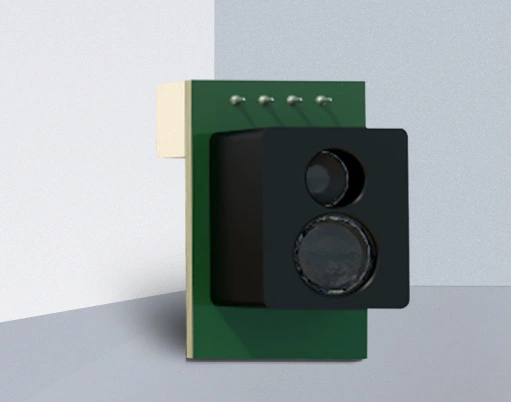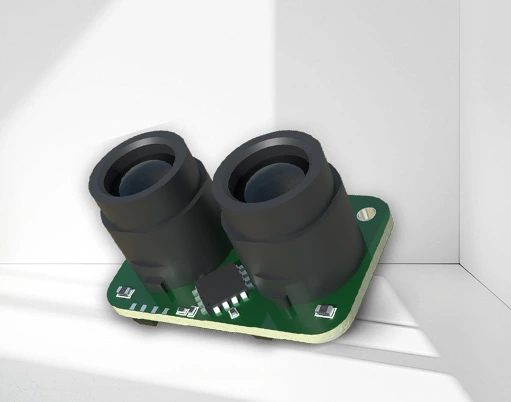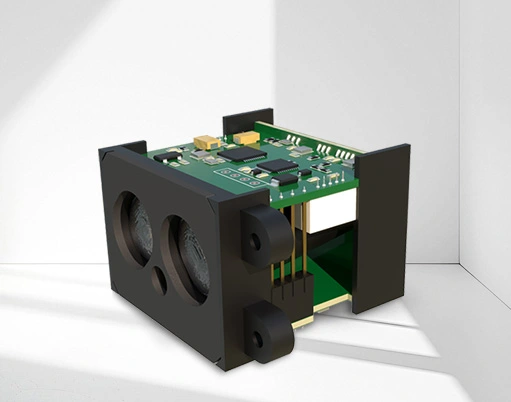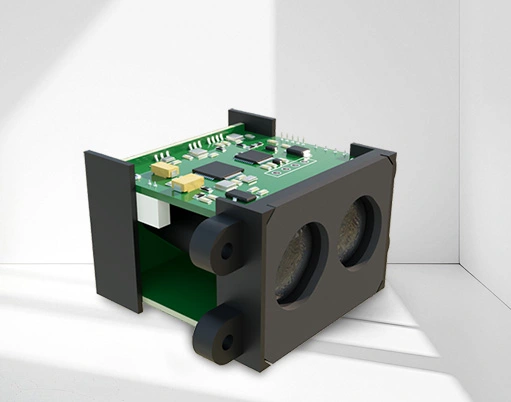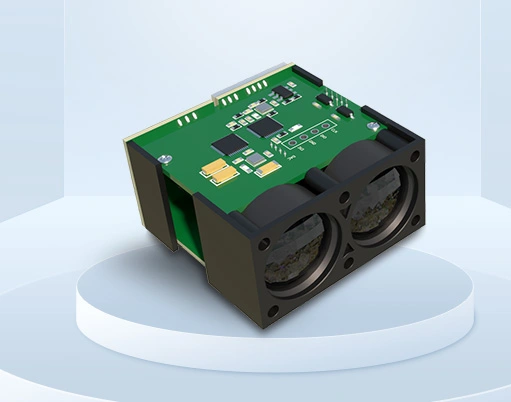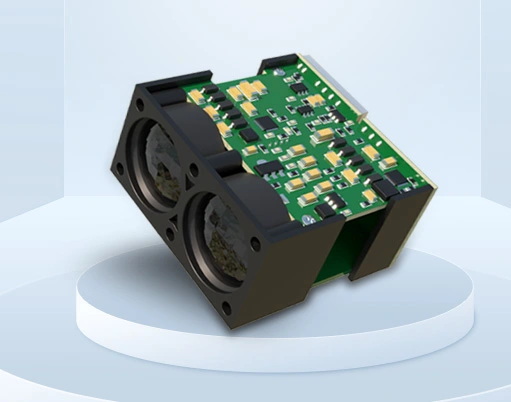
Common types of sensors
There are various types of sensors, which can be classified into multiple categories based on their detection objects and functions. Each category plays a unique role in different scenarios.
Temperature sensor: This is one of the most widely used sensors that can accurately measure the temperature changes of objects. It monitors and controls temperature by sensing its level and converting it into electrical signals. Common types include thermocouple sensors, thermal resistance sensors, etc. Thermocouple sensors are suitable for high temperature environments, while thermal resistance sensors perform well in medium and low temperature measurements.
Pressure sensor: capable of detecting the pressure of media such as gases and liquids. It can convert pressure signals into recognizable electrical signals and is widely used in various situations that require pressure monitoring. According to different working principles, there are strain gauge pressure sensors, piezoelectric pressure sensors, etc. Strain gauge pressure sensors have higher accuracy, while piezoelectric pressure sensors have faster response speed.
Humidity sensor: specifically designed to detect the humidity level in the environment. It can sense the content of water vapor in the air and convert humidity information into electrical signals for output. Common types include capacitive humidity sensors and resistive humidity sensors. Capacitive humidity sensors have the characteristics of wide measurement range and high accuracy.
Flow sensor: used to measure the flow rate of fluids (liquids, gases). It can monitor the flow velocity and total flow rate of fluids in real time, providing important data for material control in the production process. For example, electromagnetic flow sensors are suitable for measuring the flow of conductive liquids and have the advantages of accurate measurement and being less susceptible to interference.
Displacement sensor: capable of detecting changes in the position and displacement of an object. It can convert the mechanical displacement of an object into electrical signals, thereby achieving precise monitoring and control of the object's position. Common types include inductive displacement sensors, photoelectric displacement sensors, etc. Inductive displacement sensors have high measurement accuracy and good stability. Displacement sensors, with advanced technology, perform excellently in accuracy and response speed, and can adapt to the displacement detection needs of various complex working conditions in industrial production, providing reliable support for the precise operation of automation equipment.
Vibration sensor: mainly used to monitor the vibration situation of equipment. It can sense the vibration frequency, amplitude and other parameters of the device during operation, and through the analysis of these parameters, it can determine whether there are hidden faults in the device. Piezoelectric vibration sensors are a typical representative among them, characterized by high sensitivity and fast response.
Visual sensor: It is equivalent to installing "eyes" on the device, which can recognize and detect the shape, color, position, etc. of objects. It converts visual information into electrical signals through image acquisition and processing technology, and is widely used in quality inspection, object recognition, and other aspects of automated production.
Color sensor: capable of detecting and recognizing the color of objects, sensing the wavelength of light, and converting color information into electrical signals. It can distinguish different colors and even recognize differences in color depth. Common ones include photoelectric color sensors, which play a significant role in scenes that require color sorting and matching. The color sensor adopts high-precision optical sensing elements, which can maintain stable detection performance in complex lighting environments. Whether it is subtle color differences or fast-moving objects, it can accurately recognize them, greatly improving the efficiency and reliability of color detection in industrial production.
Double sheet detector: mainly used to detect whether there are overlapping or multiple sheets of paper, film, metal sheets and other materials during the conveying process. It determines the number of sheets of material through specific detection principles such as ultrasound, optoelectronics, magnetic induction, etc. Among them, the principle of magnetic induction is particularly suitable for the detection of metal materials, using the differences in the influence of different numbers of metal materials on the magnetic field to accurately judge. When double or multiple sheets are detected, a signal reminder will be sent to avoid affecting subsequent processing due to material overlap. The dual detector, relying on advanced magnetic induction detection technology, performs excellently in scenarios such as metal sheet processing, and can efficiently and accurately detect the overlap of metal materials, providing strong guarantees for the smooth operation of industrial production.

























